Wedding Flowers: Simple Tips for Fresh, Beautiful Blooms
Flowers set the mood for your wedding, but they don’t have to break the bank. Whether you love classic roses or wild meadow stems, the right choices can match your theme and keep costs low.
Pick Seasonal Blooms to Save Money
Seasonal flowers are the cheapest because they’re grown locally and in abundance. In spring, think of tulips, lilacs, and peonies. Summer brings dahlias, sunflowers, and hydrangeas. Autumn offers chrysanthemums, dahlias, and rust‑colored mums. Winter options include amaryllis, pinecones, and evergreens. By matching your wedding date to what’s naturally in season, you cut the price and get fresher flowers.
Decide Where to Spend and Where to DIY
Ask yourself which parts of your decor matter most. A dramatic bridal bouquet might be worth a professional touch, while table runners or simple boutonnières can be assembled at home. Buy bulk stems from a wholesale market, trim them yourself, and arrange them in jars or vases you already have. This DIY route adds a personal feel and saves a lot of money.
When you work with a florist, be clear about your budget up front. A good florist will suggest alternatives, like swapping pricey roses for gardenia or using greenery as filler. Greenery such as eucalyptus, ivy, or rosemary is cheap, looks lush, and helps the brighter flowers pop.
Don’t forget the small details that add up. Ribbon, wire, and floral tape cost pennies but make a big visual difference. Buying these supplies from a craft store is cheaper than paying the florist to source them.
Keep Your Flowers Fresh on the Day
Freshness is the biggest worry for many couples. The trick is to keep everything cool and hydrated. Store bouquets in a fridge or a cool dark room with water and a little sugar. For arrangements that sit for hours, use flower food packets that come with most bouquets.
If you’re arranging yourself, cut stems at an angle and place them in a bucket of water right up until the ceremony. Change the water every few hours, and mist the petals lightly to keep them from wilting.
Ask the venue if they have a back‑of‑house space you can use for a temporary flower station. A small cooler with ice packs works well for holding stems until the last minute.
Match Flowers to Your Wedding Theme
Think about the overall look you want. A rustic wedding pairs well with wildflowers, wheat, and thistle. A glam affair calls for white roses, orchids, and crystal vases. For a beach vibe, choose seashell accents, tealight candles, and tropical blooms like orchids or bird of paradise.
Color coordination is easy when you start with a palette. Pick two main colors and one accent. Then choose flowers that naturally come in those shades. This avoids the need for expensive dyed stems.
Finally, remember that a few well‑placed flowers can be more striking than an overload. A single large bloom in a simple vase can become a conversation starter and keep your budget in check.
With these straightforward tips, you can plan wedding flowers that look gorgeous, stay fresh, and fit your wallet. Happy planning!
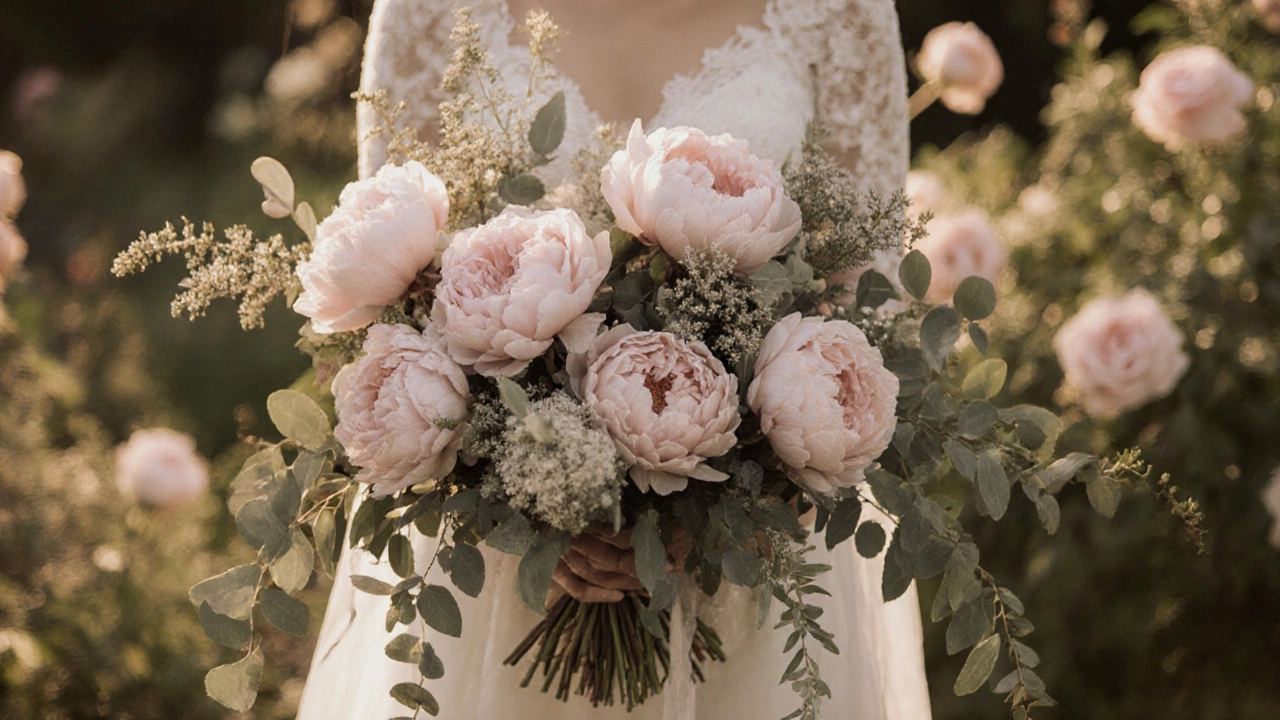
- Oct, 28 2025
- Comments 0
What Flowers Look Best in a Bouquet for Weddings?
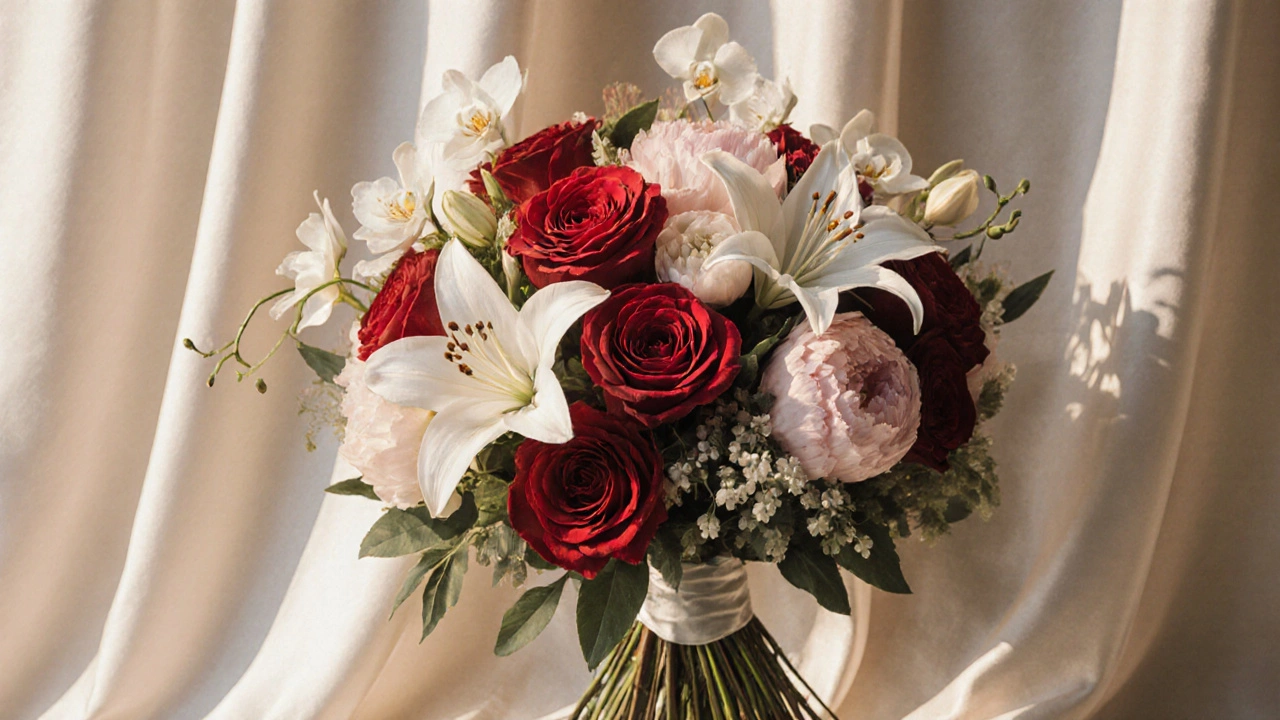
- Oct, 8 2025
- Comments 0
Wedding Flower Symbolism: Best Blooms for Your Big Day

- Jul, 5 2025
- Comments 0
Why Brides Carry Wedding Bouquets: Meaning, History & Modern Tips
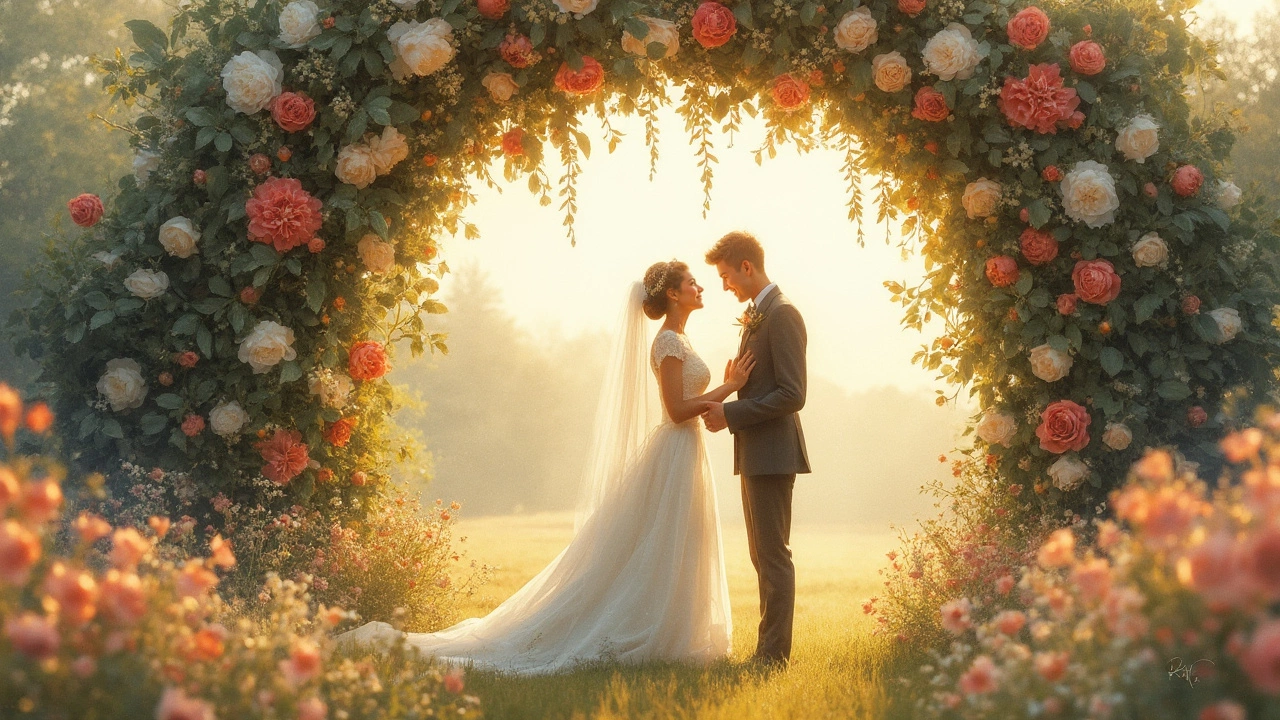
- May, 29 2025
- Comments 0
Wedding Flowers Symbolism: What Do They Really Mean?
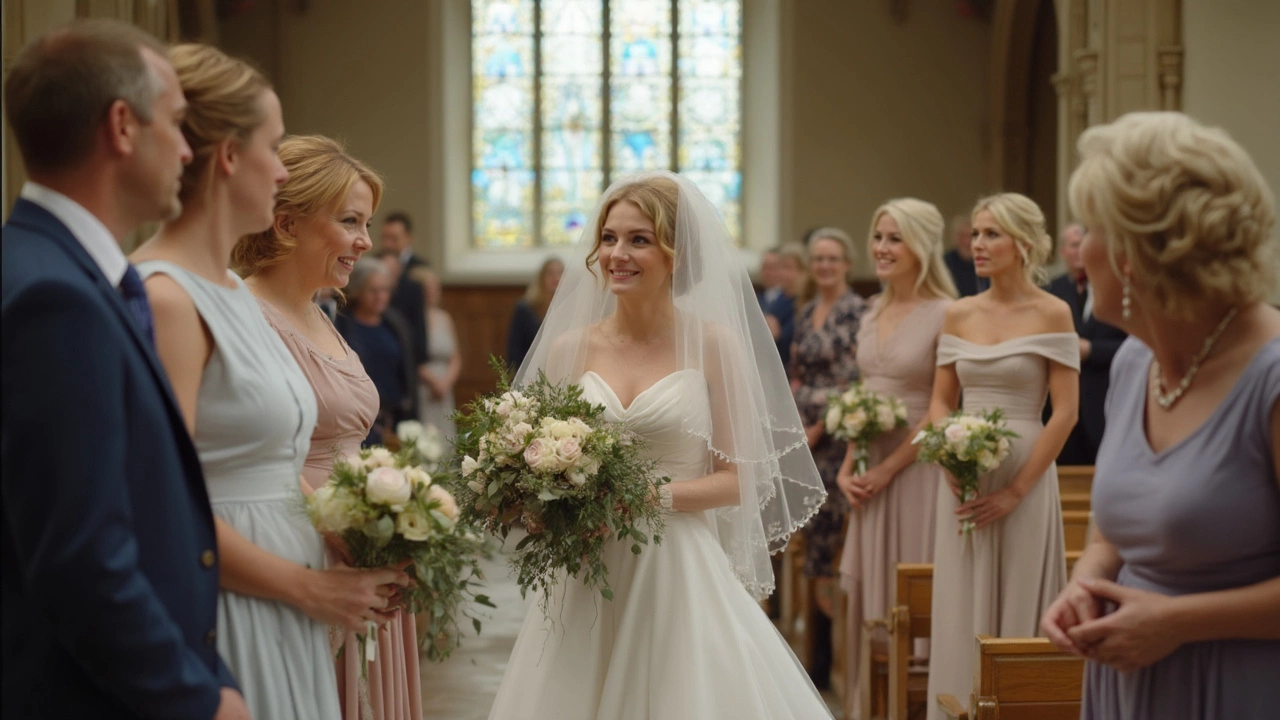
- Apr, 18 2025
- Comments 0
Who Holds the Bouquet for a Bride? Wedding Flowers Etiquette Explained
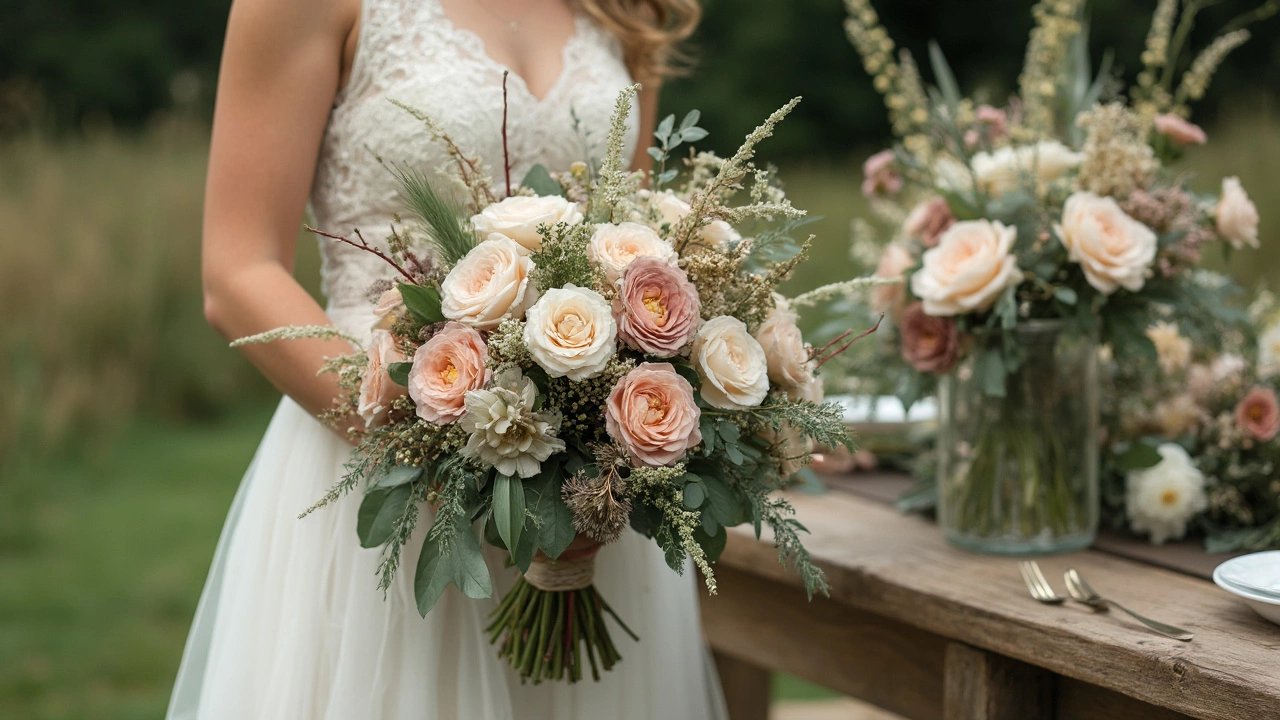
- Feb, 26 2025
- Comments 0
Wedding Budget: Flowers and Where to Save
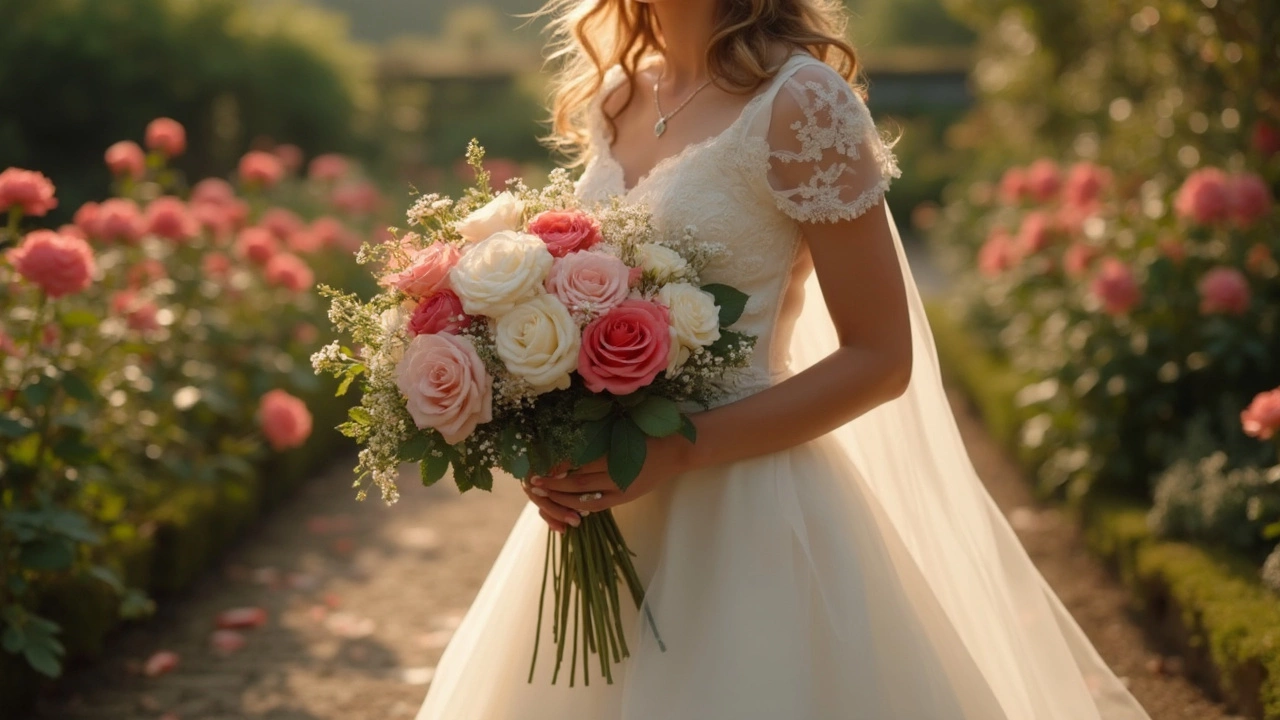
- Feb, 24 2025
- Comments 0
Roses: The Top Choice for Wedding Blooms
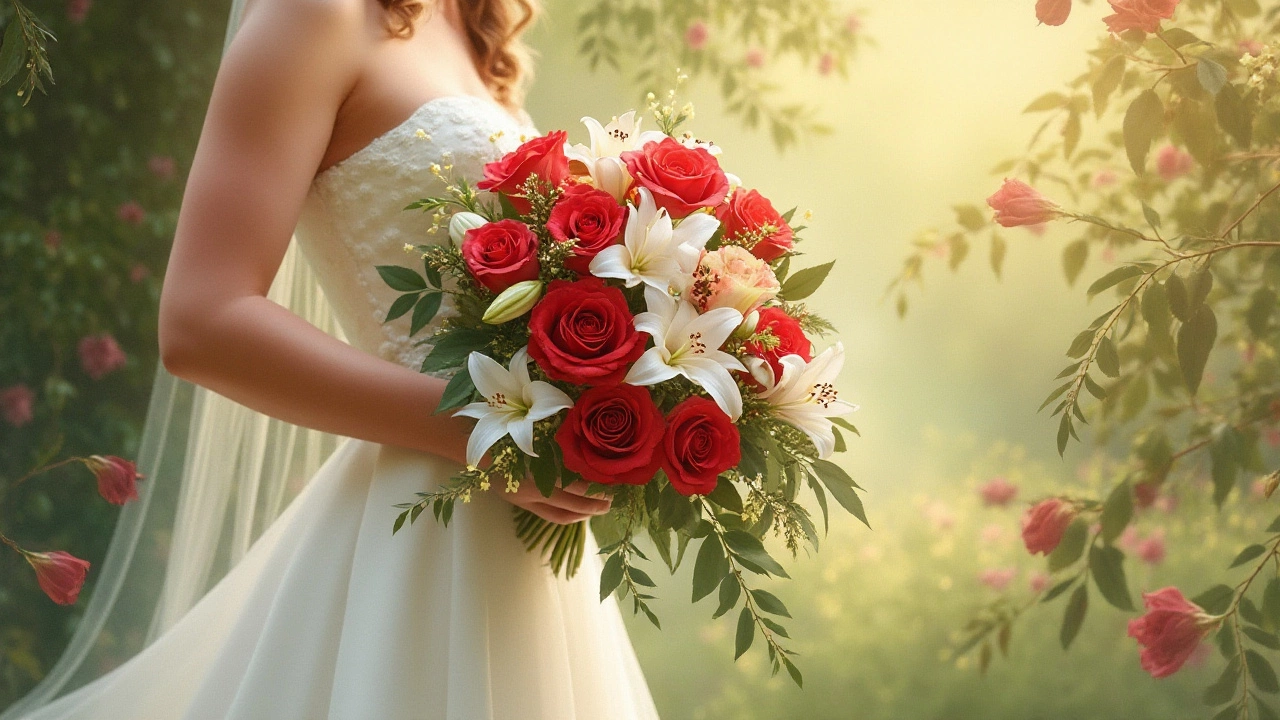
- Feb, 2 2025
- Comments 0
Unveiling the Symbolism: The Wedding Flower That Speaks of Love
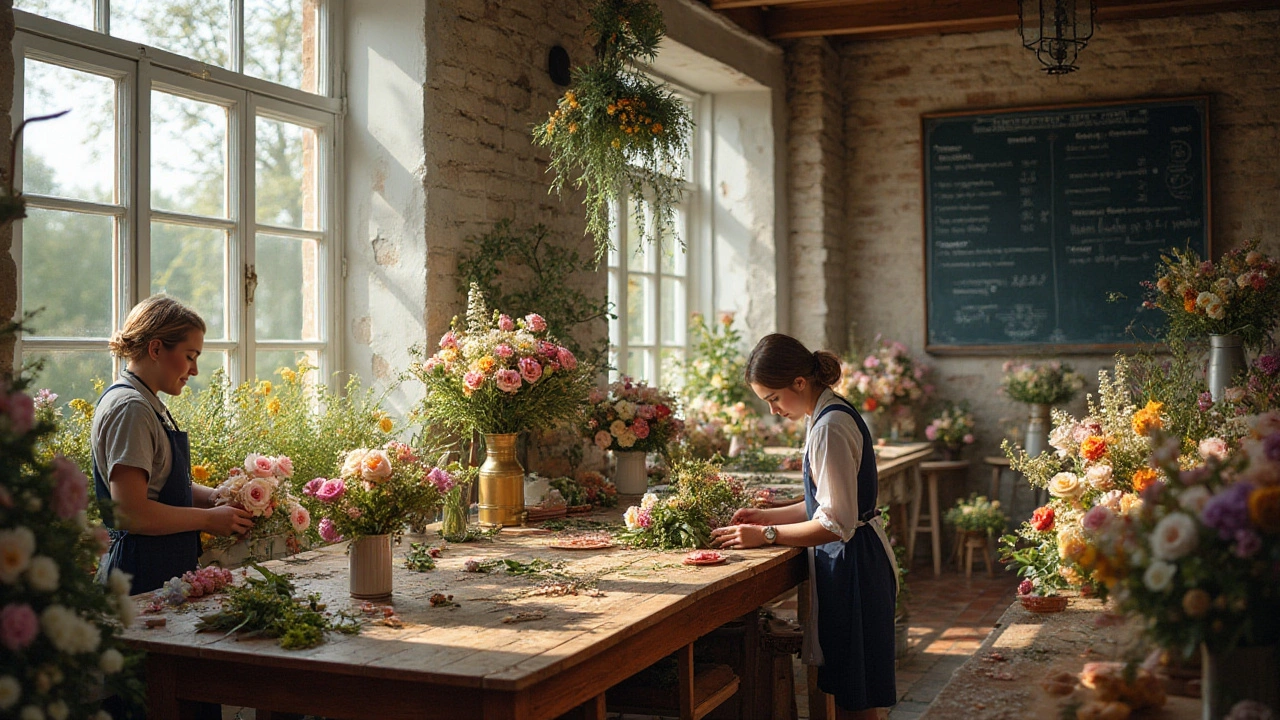
- Jan, 31 2025
- Comments 0
Is Spending $2000 on Wedding Flowers Worth It?
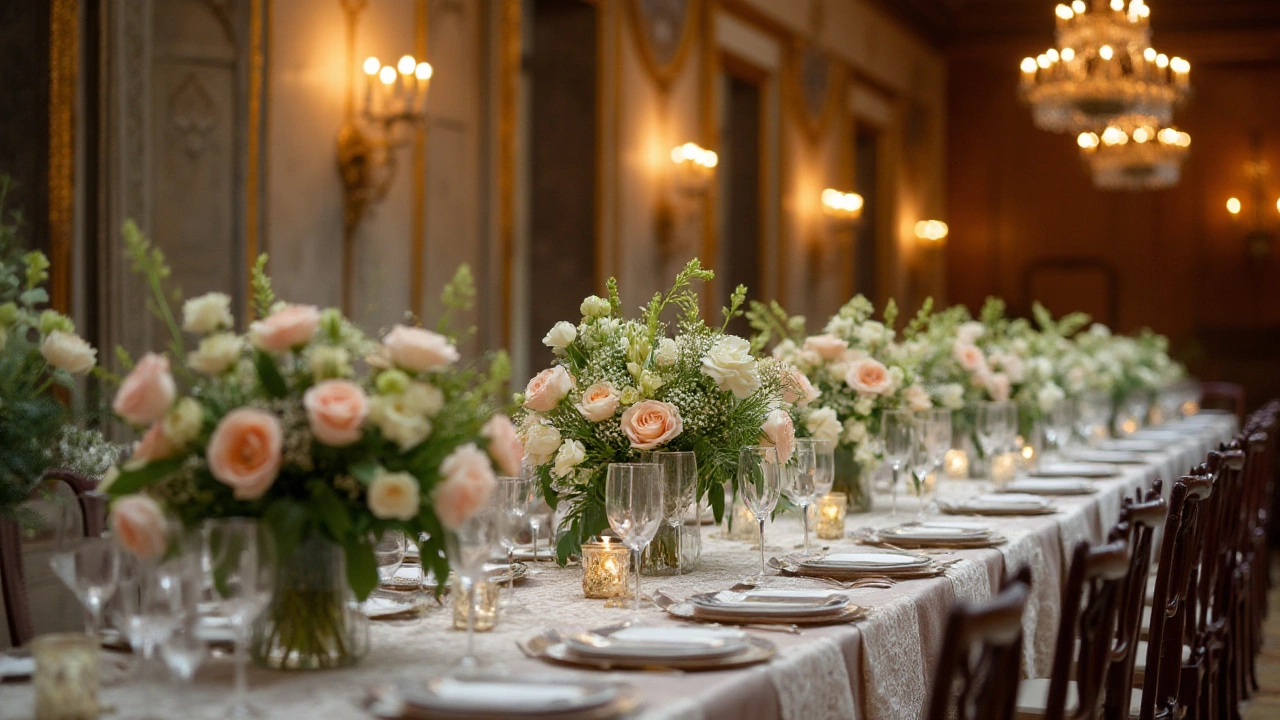
- Dec, 22 2024
- Comments 0
Mastering Wedding Flower Etiquette: A Comprehensive Guide
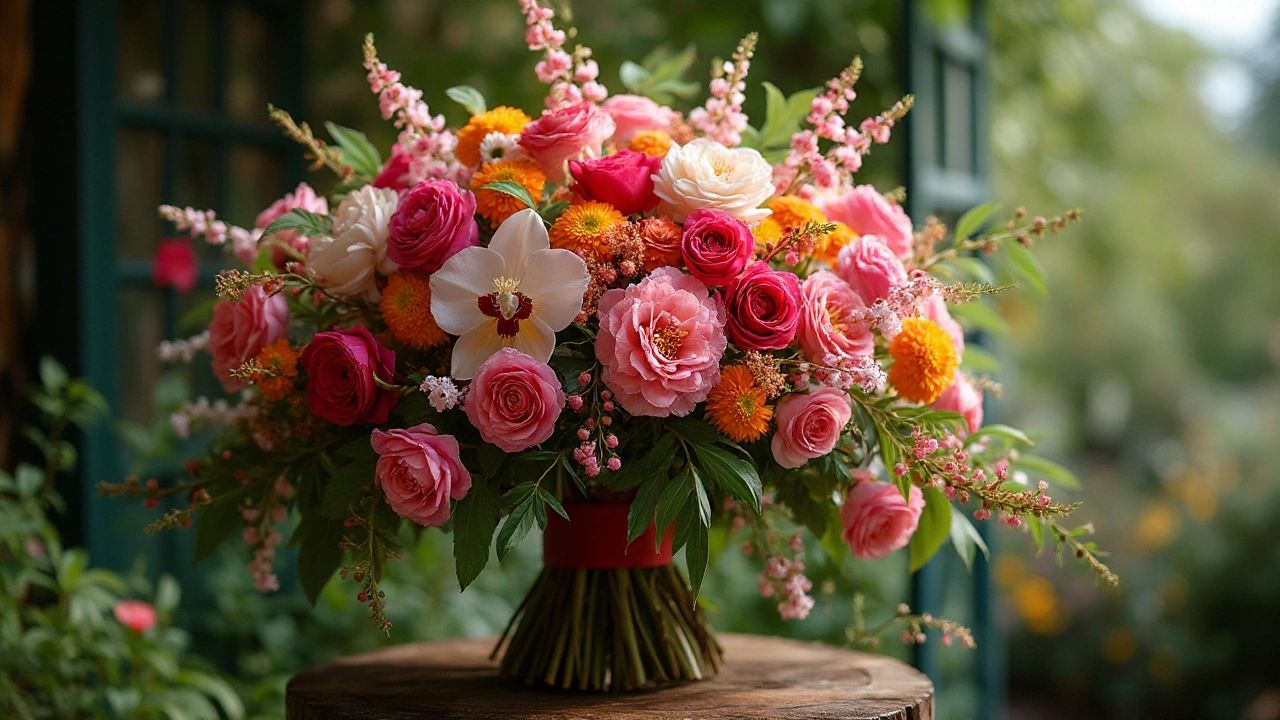
- Dec, 2 2024
- Comments 0